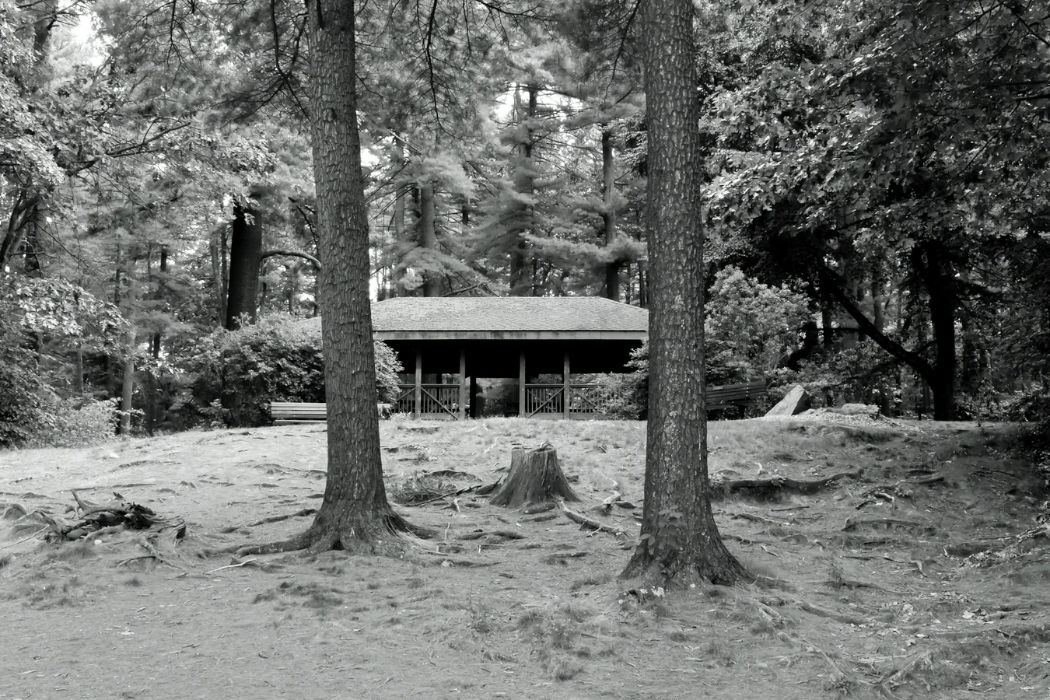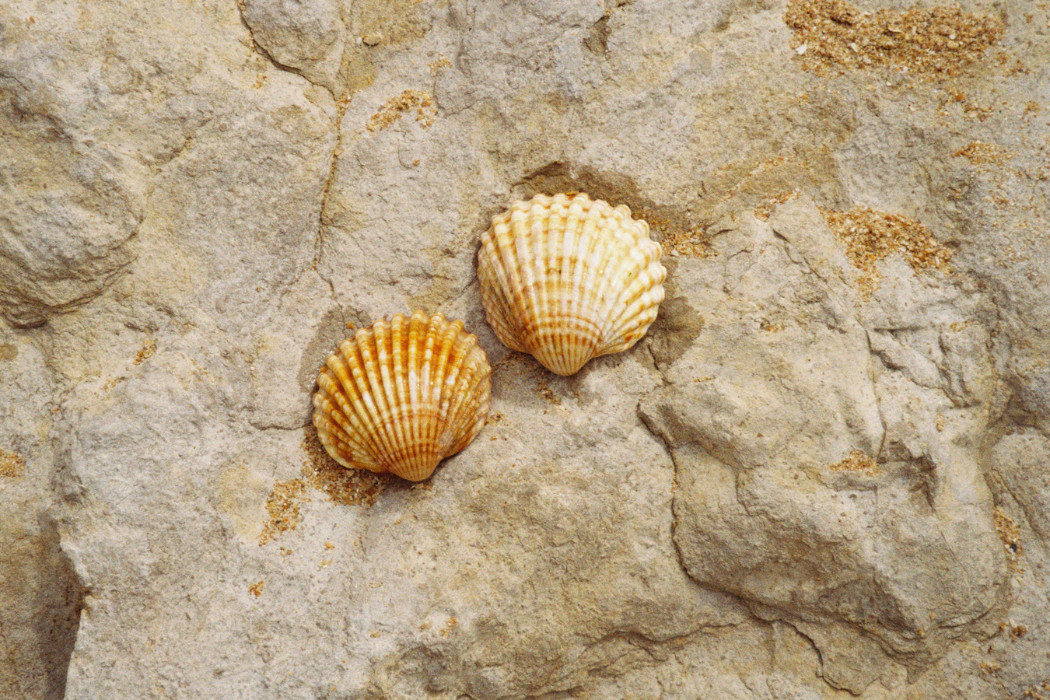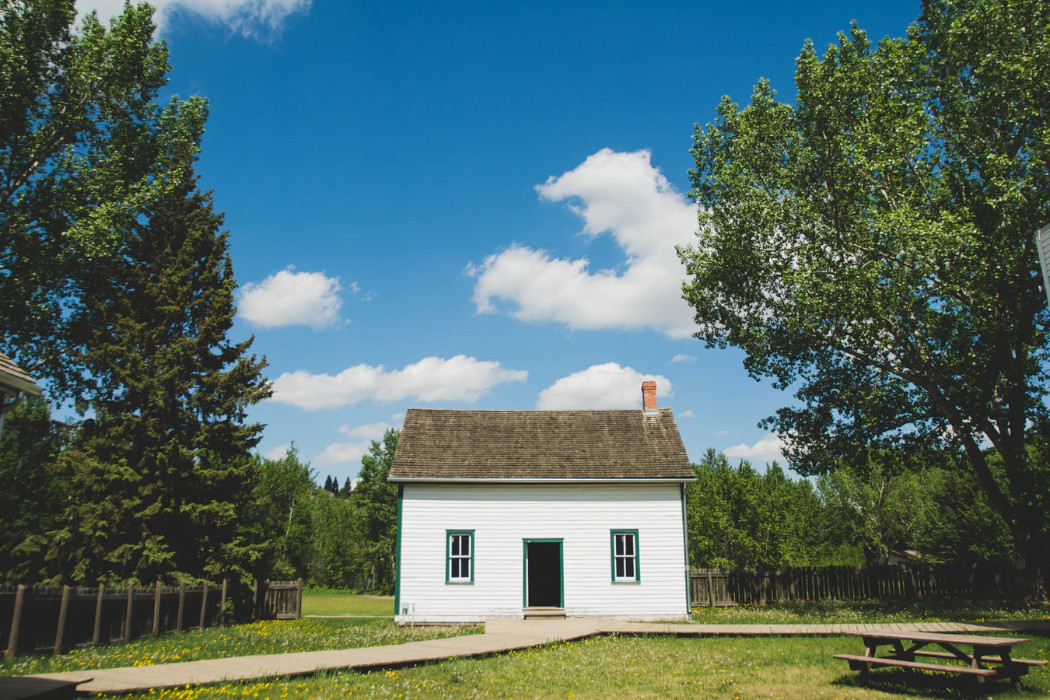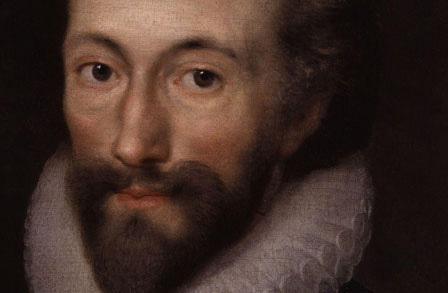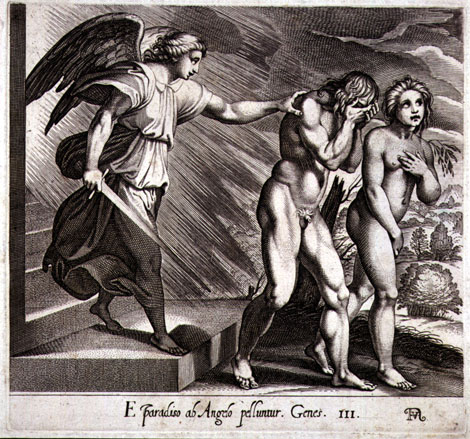The poem was written in 1869 and was first published in 1914 in Thomas Hardy’s collection of poems, Satire of Circumstances, Lyrics and Reveries. Lyonnesse is a mythical place of the Arthurian legend and the poet’s employment of a mythical atmosphere adds a mystical flavor to the poet’s subsequent journey.
When I Set Out For Lyonnesse Summary
The poem is constructed in the motive of the journey, venturing into the unknown lands. It is structured into a thematic pattern of a desire and its destiny. The journey can be seen as a literal journey, the physical movement from one place to the other or a psychic endeavor where the journey is completely metaphysical or spiritual. On a different note, the journey can also be a function of dream-work where the venture was a satisfactory hallucination.
An aura of the unknown pervades the atmosphere of the poem, where the poet ponders about the exoticism of the mysterious place called Lyonnesse. The journey seems to be long, some hundred miles, and the poet undertakes his quest-motive on an evening garbed with chill and snow. The poet is in a mood of contemplation where his solitary journey has been pronounced by the word “lonesomeness”. He is the solitary reaper, on a mission to explore the unexplored. In the poet’s meditative state, nature has come to befriend him. Starlight seems to be his only friend philosopher and guide, leading him towards the desired goal. Starlight can also signify hope that binds man to be resilient. Hope keeps the poet committed to his mission. The first two lines repeat itself in the last two lines of the first stanza to provide an emphasis to the poet’s virtuous mission.
The second stanza establishes the solitary grandeur with which the place is garmented. Neither can a wizard nor a prophet can provide an approximation of the poet’s destination. The unavailability of remark, in turn, heightens the mood of tension. The poet wonders about his probable stay at Lyonnesse and seems to find no answer to his apprehensions.
In an autobiographical level, the poet as a young architect had gone to a church near Cornwall, Lyonnesse to supervise construction work, where he fell in love with a young lady named Emma Gifford, and they eventually got married. Their meeting eventually changed Hardy’s life for the better. To commemorate their union, the poet composed this poem and used Lyonnesse as a setting of his poem. Thus the poem is also an autobiographical allegory where the poet was in search of his love that resulted into fulfillment. The mythical Lyonnesse thus becomes here a land of joyfulness, gaiety and contentment. Fiction and fact collides in the poet’s creation of literature.
However, the poet’s experience of his temporary stay has not been mentioned. His mission was his solitary ideal and the poet is not ready to part with is an experience. He feels the virginity of his harvest will be lost. On the other hand, the poet perhaps seems to be not so bothered about immediate experiences of joy and mirth. He seems to be concerned about the wisdom that he has reaped.
His journey can traced as a venture to secure knowledge and thereby attaining the wisdom of life. The poet returns to his starting point as a changed man. He seems to be complacent in the knowledge that he has gathered, in the experience that he has shared solely with himself. The poet is no more a loner as he radiates the rareness that he has gained. There is “magic in my eyes” as he stands rejuvenated and revitalized. The poet is ripe with wisdom and his experience is without a bottom- his spontaneous overflow of powerful feelings seems boundless. He stands apart from his fellow mates as the poet, endowed with the virtue of imagination.
On a structural note, the poem consists of three stanzas with six lines each. Each of the stanzas has different rhyme scheme: Stanza 1: a b b a a b, Stanza 2: a c c a a c, Stanza 3: a d d a a d, to compliment the journey motive from the unknown to the exploration of the unknown, till it becomes too dearly known.
The poem can also be seen as spiritual voyage where the poet travels from the darkness of ignorance to the light of knowledge. Then Lyonnesse becomes the secluded self, buried deep within that must be eventually realized for one to govern his life and seek spiritual fulfillment. Thus, the poet’s journey can be read as in search of himself. At his destination, his meets himself and the experience is ecstatic. He is a reformed man who has realized the importance of wisdom over mere knowledge. He thus transcends from a poet to become a prophet who will henceforth bestow upon mankind the wisdom of the world. Like the poet, we are in a search of our true selves.
Some online learning platforms provide certifications, while others are designed to simply grow your skills in your personal and professional life. Including Masterclass and Coursera, here are our recommendations for the best online learning platforms you can sign up for today.
The 7 Best Online Learning Platforms of 2022
- Best Overall: Coursera
- Best for Niche Topics: Udemy
- Best for Creative Fields: Skillshare
- Best for Celebrity Lessons: MasterClass
- Best for STEM: EdX
- Best for Career Building: Udacity
- Best for Data Learning: Pluralsight

